Last Updated on March 29, 2024 by Packoi Team
In the US, shipping seeds and plants is a profitable business. The plant market’s worth has been steadily increasing over the past few years and is now above $15 billion.

On the other hand, shipping plants are subject to many regulations. Your company could lose money due to disgruntled consumers and the expense of replacing or refunding poorly packed plants in a damaged shipment.
We get it; sending plants in a box is only sometimes convenient. Hiring local expert packers is an option if you’re too busy or don’t feel like handling delicate products like plants.
Using suitable packaging materials and methods, plants can be shipped without worrying about harming them. Packoi will reveal all the necessary tips for transporting live plants safely!
Our detailed guide will provide you with all the information you need to ensure safe and stress-free shipping plants, including how to pack them, the best materials to use, and which courier service is best for live plants.
Let’s dig in!
Understanding Plant Shipping Regulations
Reviewing local, state, and federal laws should be your initial step when dealing with shipping plants. When deciding how to ship plant cuttings through the mail, you need to consider the regulations in your area as well as those in the states where your customers reside.
We know it’s not easy to plan shipping plants domestically and internationally. This is because both scenarios have very different restrictions and regulations.
Moreover, you need to research and learn about plant delivery services. These types of services are often offered by top courier firms like FedEx and USPS. Before transporting plants, you must acknowledge that the shipping service or delivery firm you chose knows all the following regulations and limitations for shipping plants:
Rules for Shipping Plants Domestically
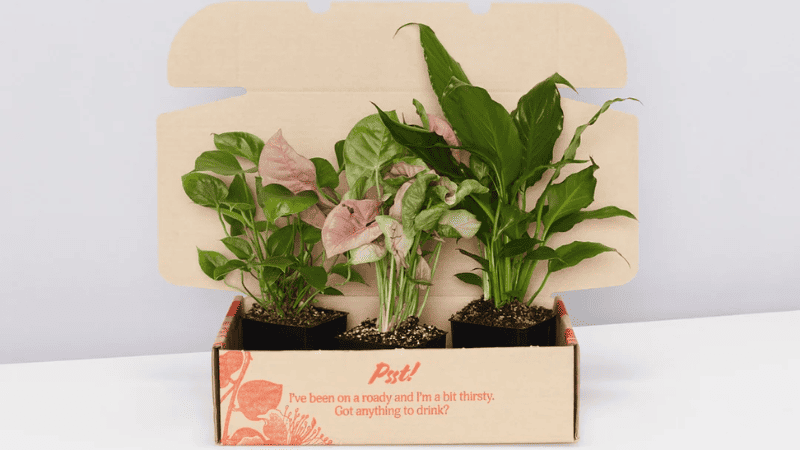
When you plan to ship live plants to the US, you will find a long list of specific shipping limitations. Your first job is to get in contact and verify with the USDA (United States Department of Agriculture) to ensure that your shipment is not crossing any limitations and following all the rules.
For instance, it is against the law to ship plants or citrus fruit to the state of California. Unfortunately, no matter what power you use on Earth to do so, it is impossible to ship jade vine blooms from Hawaii to the mainland United States. Sad, isn’t it?
That’s why you must learn about each state’s shipping requirements. More often the type of plant you are shipping causes the trouble. Research and learn about the plant’s shipping limits for departure and arrival states, and note them on the product page.
As a matter of law, when you fail to obey any restrictions it can lead to severe business damage in terms of reputation.
For instance, due to the significance of its agricultural sector, Arizona and California have some of the most stringent plant shipping laws and high shipping costs.
Certain plants must be quarantined before entering California, and the state does not allow the import of citrus plants. However, house-potted plants cultivated in sterile potting soil can be shipped to California without any problems.
Rules for Shipping Plants Internationally

All around the world, everyone must adhere to the same standards when they plan to ship plants internationally. The fact that each nation has unique regulations to ship plants internationally makes them even more complicated.
When you are shipping plants, ensure you have a phytosanitary certificate from the destination country. Otherwise, your shipment might get in trouble!
If you are transporting more than twelve live plants, you cannot ship them without this certificate. You can get this with the help of a US official responsible for plant regulation.
For example, when attempting to ship plants to the UK you need special permission relevant to shipping live plants.
Ensure to include all necessary documents and declarations with your package when shipping plants internationally.
A plant shipping authorization is also required for shipments of twelve plants or more to foreign countries. A Permit to Import Plant Products application can be submitted online to the USDA when you are planning to ship plants internationally.
Essential Materials for Shipping Plants
You can guarantee the safe and secure delivery of your plant shipments with the correct equipment, supplies, and knowledge. A brief rundown of what you’ll need when shipping plants is listed below:
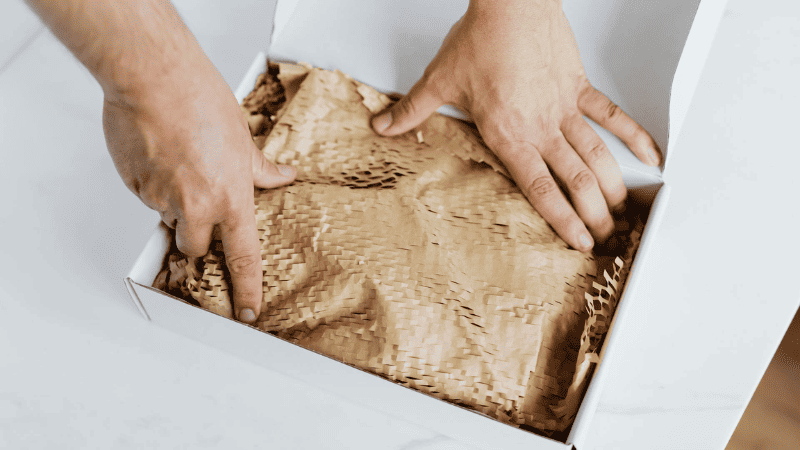
- Durable plastic containers or corrugated boxes based on the plant size.
- Pots made of lightweight plastic
- Sterilized soil for plants
- You can use newspaper, packing paper, or wrapping paper
- Ties or rubber bands
- Bubble wrap
- Permanent marker
- Packing tape
- Gel ice packs
- Shipping labels
- Scissors
- Flea collars
- Gloves for gardening
- Polymer moisture crystals
- Kraft paper
- Plastic mesh
- Sustainable or non-sustainable bag
Several plants cannot be safely shipped. The transportation process might be dangerous for some potted plants because of their fragility. You should find out what your plant needs and talk to an expert before you ship it.
Furthermore, before you ship plants, double-check that it is legal to do so in your destination’s shipping restrictions.
Step-by-Step Guide to Pack and Ship Plants
Even though it may appear like a considerable undertaking, shipping live plants is actually relatively simple. You may perfect the technique with ease and precision by following a simple approach:
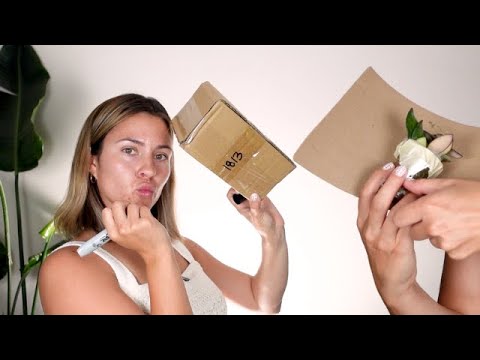
Step 1: Learn About the Weather Condition
According to the experts, 40°F to 70ºF (4°C to 21°C) is the most optimum temperature for traveling plants. It is basically on the lower side and not very high.
On the other hand, if you are shipping plants from a middle range to a place with very hot or cold temperatures, the difference will cause major damage. In this case, you need to provide proper insulation to the live plants.
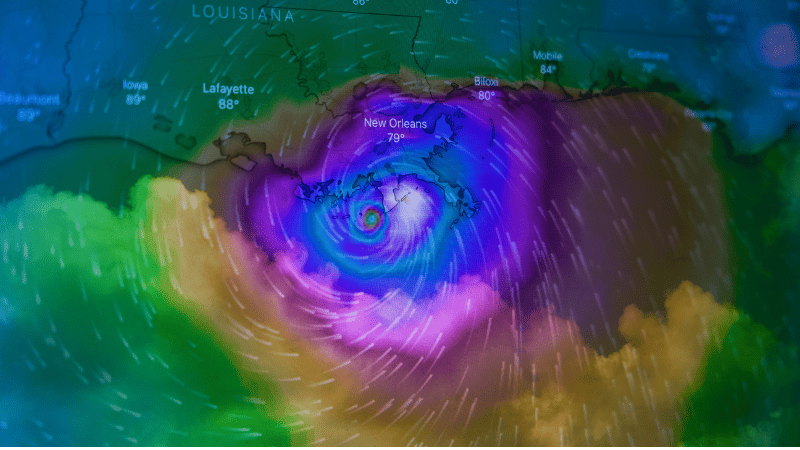
For example, a country with extremely hot weather will cause wilting in your live plants.
So never underestimate the importance of a weather check before sending your live plants anywhere as it shows how responsible you are with your product and business.
Step 2: Analyze Plant Health
Make sure your potted plants or bare root plants are healthy before sending them. Look for indications of illness, pests, or harm. Unhealthy plants may not only not make it through shipping, but they can also cause further problems.
Cut off any diseased or otherwise unhealthy branches or leaves to get your plants ready to ship. Your plants will arrive at their destination looking their best if you do this.
Also, give your plants a good soaking a day or two before you want to transport them to make sure they stay hydrated throughout the trip. Root rot or mold can occur if the plant is overwatered.
Step 3: Prepare the Plant
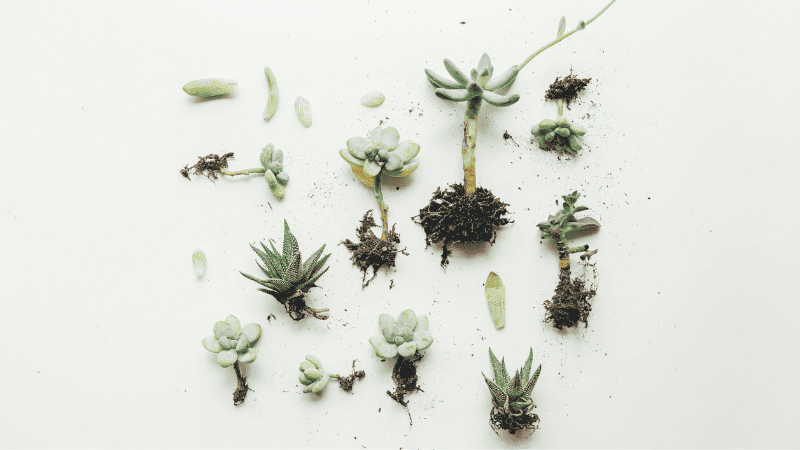
In most cases, it is better to export plants without their containers and with their roots exposed. Thus, making your plant ready for removal will be the first step in your preparation.
Half an hour to an hour before you want to remove the plant from its soil, water it thoroughly. When transporting plants, it is best to use semi-dry soil.
Avoid damaging the plant’s roots by keeping your shovel at least a few inches from the stem when you dig. To carefully remove the plant’s roots from the pot, put on your gardening gloves.
After that, carefully break up the soil surrounding the plant’s roots and remove any excess dirt by shaking it off. Until you’re ready to export the plant, cover the exposed roots in a shady spot.
Step 4: Choose the Right Container
At this stage, deciding whether to send your plant in a container or bare root is the most critical decision you can make.
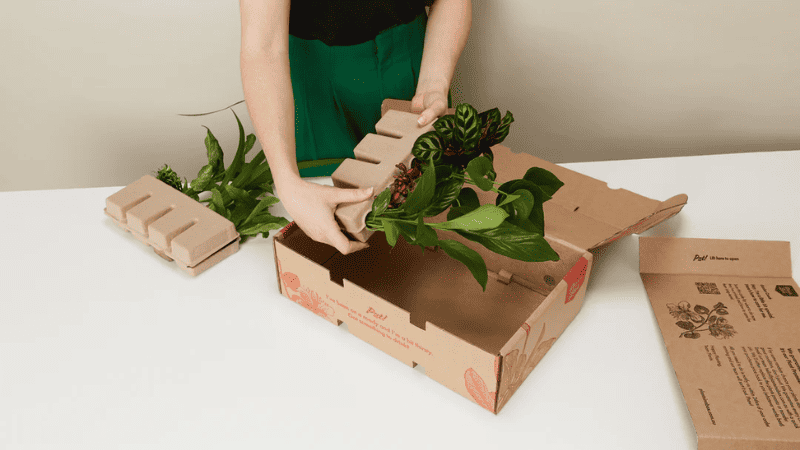
While some plants do better when shipped bare roots, the rule is generally the same for most plants. It could be challenging to remove thick or barked stems from larger plants without harming the plant, so it’s best to leave them in the container.
Remove the plant from its container and lightly shake off any leftover soil to guarantee a root-free shipment. It is essential to be careful and patient because root systems are very fragile and easily broken.
You can save money and reduce the danger of harm when you send plants with bare roots or in minimum soil. Shipping costs will get on the higher side due to the soil’s additional weight. It could also include stubborn bits of rock or soil that could hurt the plant if it gets tossed around too much while in transit.
Plants do not require soil for shipment; nevertheless, they will still need nutrition. Also, make sure the plant stays moist throughout transportation by wrapping its roots in multiple layers of wet paper towels and then putting the bundle in a plastic bag.
Step 5: Secure and Warp the Plant
The next stage is using a damp paper towel to wrap around the roots. Do not skip this step as it will ensure the plant roots stay moist and happy during the long journey
The roots should be wrapped in a damp cloth or paper towel once they have been cleaned. If you value the roots of your plant, you must avoid wrapping them too tightly.
To avoid root rot, which can occur when roots acquire too much moisture, use a moist paper towel to keep them moist.
For plants like fiddle leaf figs that have a lot of leaves, it’s a good idea to wrap each leaf in a damp paper towel before shipping. This will keep the leaves from drying out during shipment.
Step 6: Place the Plant in a Sturdy Box
How to pack plants for shipping is the most important question in the entire process. The answer is right here:
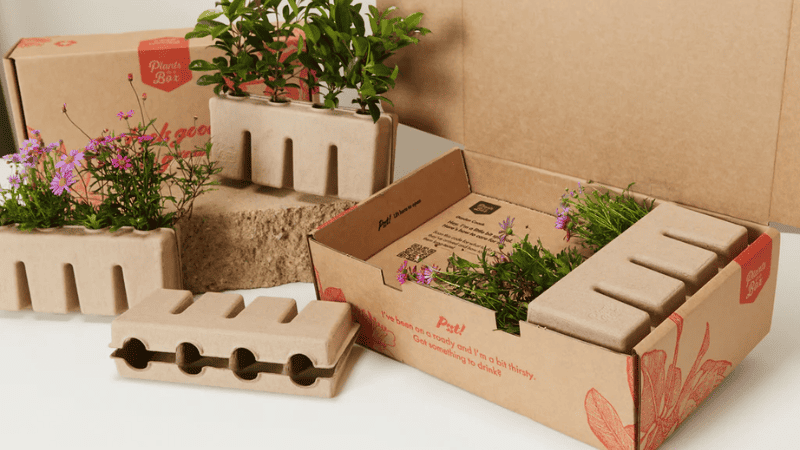
Loosely packing the plants so they can move about during shipment is the most harmful thing you can do. Instead, make sure they can’t move by packing them tightly. Use whichever media you like for it. Use newspaper, packing peanuts, or a comparable material.
Choose the right size of containers to fit your bare or potted plants. You may use any type of pot you like. Even plastic, ones from a baby nursery or even recycled yogurt cups will do the job. Having drainage holes in the containers will prevent water from collecting at the bottom.
Make sure you detect and fill any empty spaces in the box. You can use crumpled newspaper or paper to ensure the safety of your live plants during transportation.
Select a container larger than the plant you wish to ship to guarantee safe transportation. Also, you can use corrugated box dividers to prevent plants from touching each other or vibrating.
Step 7: Pick an Insulation Technique
The next step is deciding on an insulating technique when you ship plants. Insulation is a technique designed as a protective cover for delicate live plants. It shields the plants in both extremely cold and hot temperatures.
Some of the majorly used insulation solutions are:
- Styrofoam
- Foil blankets
- Cardboard box insulation inserts, etc.
The best thing you can do is add a cooling gel pack or heat pack in your live plants package with bare plants or potted plants. This step will shield your plants completely and prevent sudden temperature shocks that might make plants unhappy, or even kill them!
Remember to invest in a durable container that will survive the challenges of transporting your plant, especially if you don’t want the roots to freeze or the flowers to dry and lose their beauty.
Step 8: Label and Seal
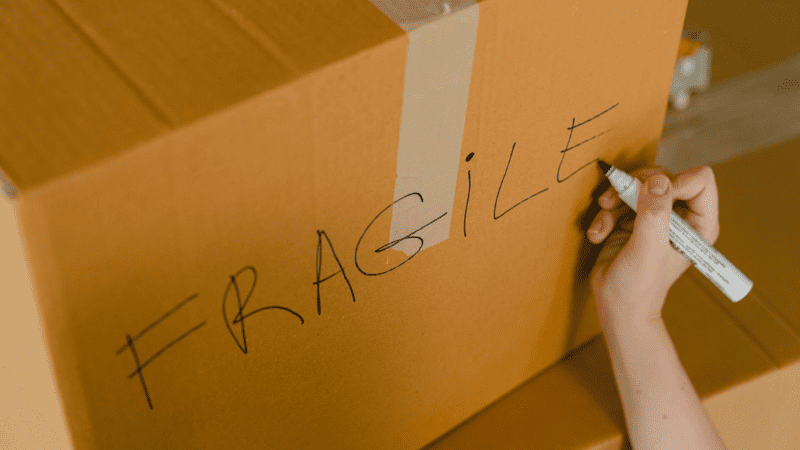
When you fail to seal and label the plant shipment correctly, you already lose a client and some part of your business growth.
Yes, you read that right!
This step is extremely important for a safe and responsible shipment. The major reason is that, if there are any expected delivery issues, the labeled information (with your contact number and the recipient’s information) will solve it easily.
Furthermore, shipping insurance plays another vital part. Once you have all the required shipping insurance, your plants will be protected during the journey.
Packaging and securing the plants is very important before you seal and label the package. Hence, packing peanuts or bubble wrap will protect your plants.
Pro tip: Mention “Fragile: Live Plant” and “This Side Up” on the outside of the package to ensure it will be handled with the utmost care throughout shipment.
Step 9: Choose the Right Shipping Service
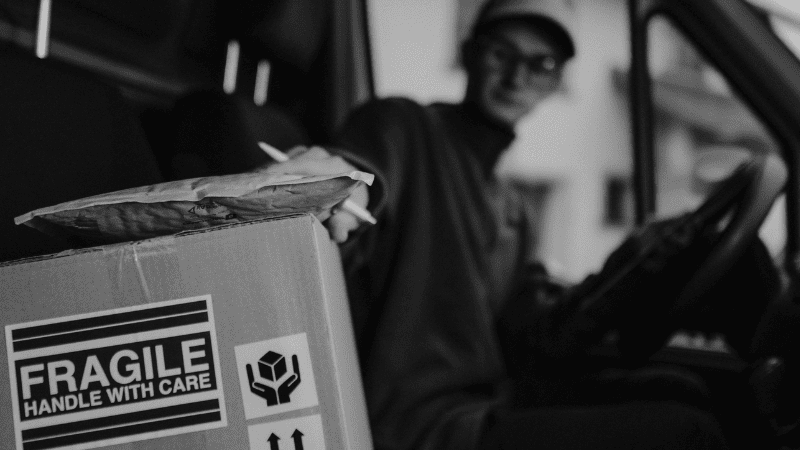
Choosing the correct carrier is crucial when transporting plants. You need the quickest service that can get the plants to their destination as soon as possible when you’re shipping them. If you want your plants to spend as little time as possible outside of the soil, you should always utilize the fastest approach.
If you want to avoid leaving the plant in a dark environment for too long, next-day delivery is your best bet. Depending on the specifics of your plant and how you’ve packaged it, 2-day shipping might be an option. Various plants, such as succulents, bonsai trees, and cacti, require different amounts of care.
Before shipping any live plants, make sure to review the shipping company’s policies. Some companies have unique preferences.
For instance, when transporting plants abroad, a phytosanitary certificate is required.
Assuming the USDA does not prohibit them, the majority of plants can be shipped within the US.
4 Eco-Friendly Material Boxes Best for Shipping Plants
Businesses are majorly shifting to biodegradable packaging at a quick rate. Consumer pressure is putting businesses under pressure to transition to greener packaging since packaging makes up 65% of household waste and one-third of landfill waste.
Here are four biodegradable packaging options that you can choose as a responsible business owner who is looking for ways to have an impact:
1. Corrugated Cardboard
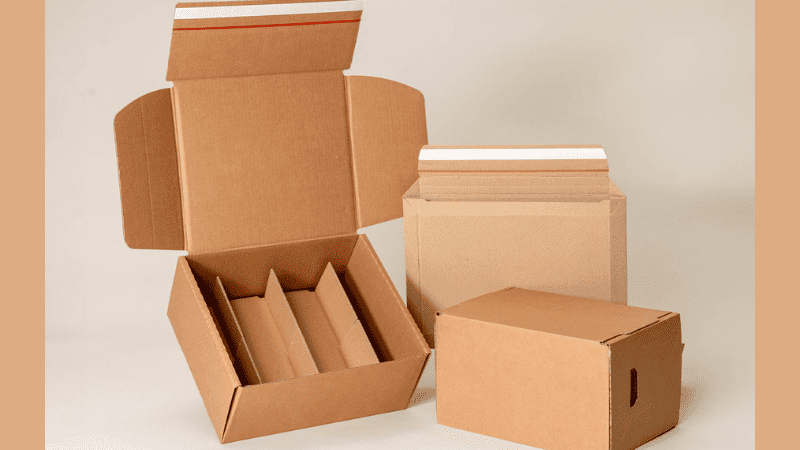
Corrugated cardboard boxes have been serving various industries since 1871. There is a long list of all the right reasons for their usage as a go-to for shipping and handling. When it comes to cardboard, more than 80% of it can be biodegraded.
The best part is that cardboard is the most durable and naturally made option that causes minimum damage to the environment. Unfortunately, it is not recyclable, but it will still decompose because it is biodegradable.
With its adaptability, this package style can accommodate a wide range of forms and sizes.
2. Molded Pulp
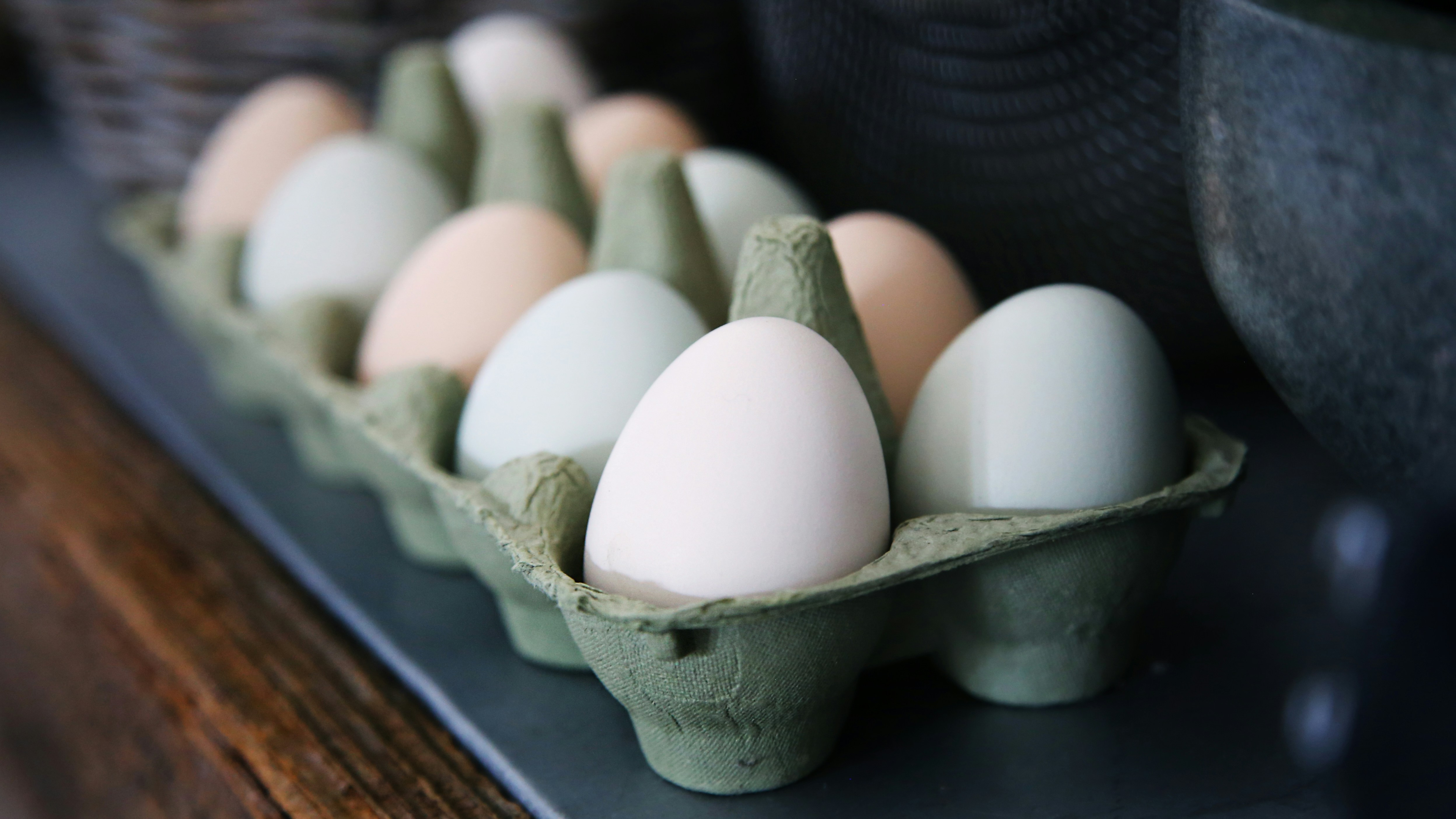
Molded pulp packaging is the product of different fibrous materials. This combination of mixtures is also known as molded fiber packaging. The following are the materials that make up molded pulp:
- Recycled paper
- Cardboard scraps
- Natural fibers (such as sugarcane bagasse, wheat straw, or bamboo).
The raw materials used in the manufacturing of molded pulp determine the color, texture, and other physical attributes.
Unlike regular folded cardboard boxes, molded pulp packaging has rounded corners. It is unique due to its complex three-dimensional shapes.
3. Recycled Paper
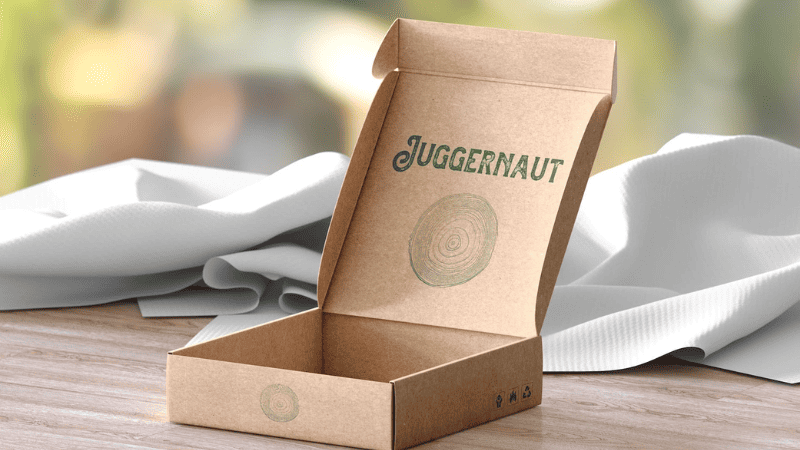
Another option for eco-friendly packaging is to use recycled materials. The recycled paper used to make these boxes is post-consumer recycled, which makes them eco-friendly and lightweight. They can be customized with environmentally safe inks. Their adaptability makes them perfect for a wide range of products.
Using recycled materials instead of new ones is a great step to help the environment. As a result, less waste goes to landfills and less pollution is produced during mining.
4. Eco-Friendly Plastic Boxes
Bioplastics, as the name suggests, are green plastics. They are derived from plants and recently became popular as a more environmentally friendly substitute for traditional plastics.
The sustainable resources used to make these containers include corn, sugarcane, and potato starch. Their eco-friendliness and capacity to break down in the environment beats the traditional plastic packaging to some great extent.
3 Best Courier Options for Shipping Plants
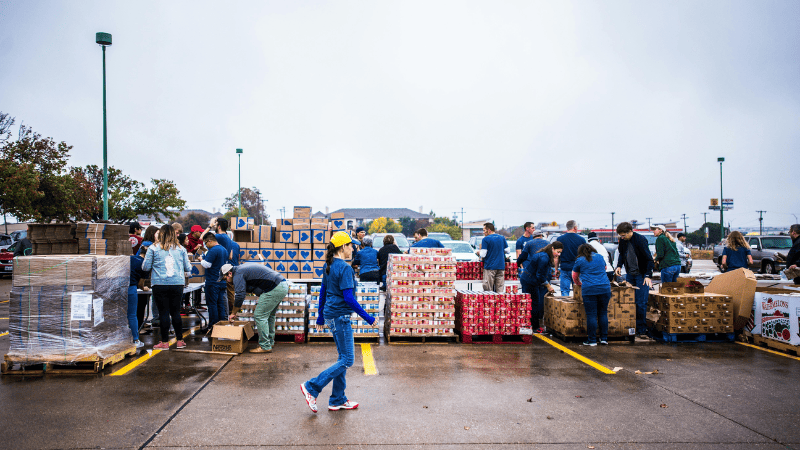
Once the plants are all packed, secured, and out of your hand, the courier will take care of the later plant journey. That’s why choosing the best courier option is crucial when you are shipping live plants.
Although, you should know that clock-in services are not cheap. The price of ordinary shipping will be higher than that of express choices like overnight or 1-day. Items subject to spoilage, such as plants or flowers, require fast delivery.
So here are the best courier options you can choose from:
1. FedEx

There are no particular packaging needs in FedEx, but you should still verify with your state’s regulations. You can choose from different shipping alternatives, such as:
- The first overnight costs $64 per 1-pound package and arrives before 8 am
- One-pound FedEx Priority Overnight packages arrive before 10:30 am and cost only $30.
- FedEx Standard Overnight delivers 1-pound package before 3 pm for rates above
- $30.
- FedEx Ground costs $9 or more for 1-pound packages and arrives midday.
2. USPS
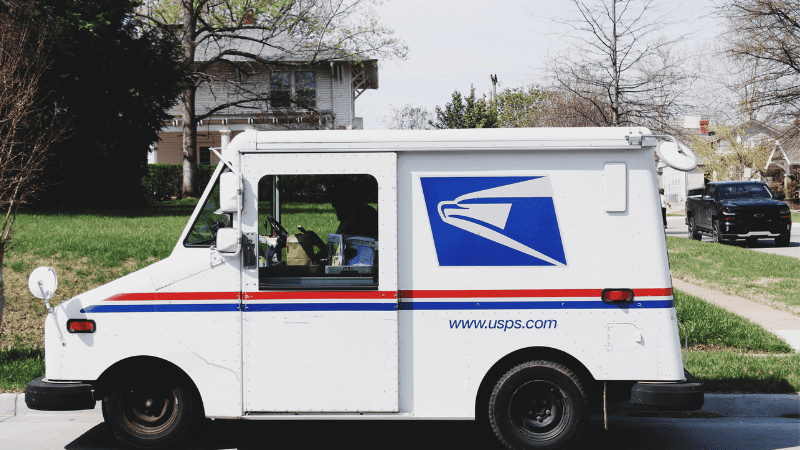
Before sending a plant, make sure you are familiar with the rules and regulations of that state. Here are your options when using USPS:
- Priority Mail Express delivers a 1-pound or less package in 2 business days and costs around $20.
- Priority Mail costs $7 per box and arrives in one day.
- Flat Rate Priority Mail takes 1–3 working days and costs around $12 per box.
3. UPS
When going with UPS, there are no particular packaging requirements. The only consideration should be the shipping regulations of the state to which you are sending your plants. Here is what you can expect:
- Next Day Air charges $28 per 1lb and delivers before 10:30 am.
- UPS Ground costs $14 and comes the next afternoon or at the end of the next day. This is for a package that weighs less than one pound or one pound;
When you ship your first shipment with live plants, a few more considerations must be considered. The most important ones are covered in the above points for your ease. Just keep in mind that while shipping plants, they must be packed flawlessly and adhere to the requirements of the state where it is being sent.
Conclusion
Whether you are shipping bare root plants, house plants, plant stems, or potted plants with semi-dry soil, ensuring your shipment’s safe and healthy departure and arrival is indeed a challenge.
With our comprehensive guidelines on how to ship live plants, you’ll be able to confidently ship plants and ensure they reach their destination without a hitch.
To ensure your plants arrive in one piece, deeply research how to pack plants for shipping, all the legal requirements to ship plants, suitable packing materials, and how to pick the right shipping company.
A safe and sound plant shipment that will positively affect your plant business is worth the additional effort, so don’t be shy about asking for help!
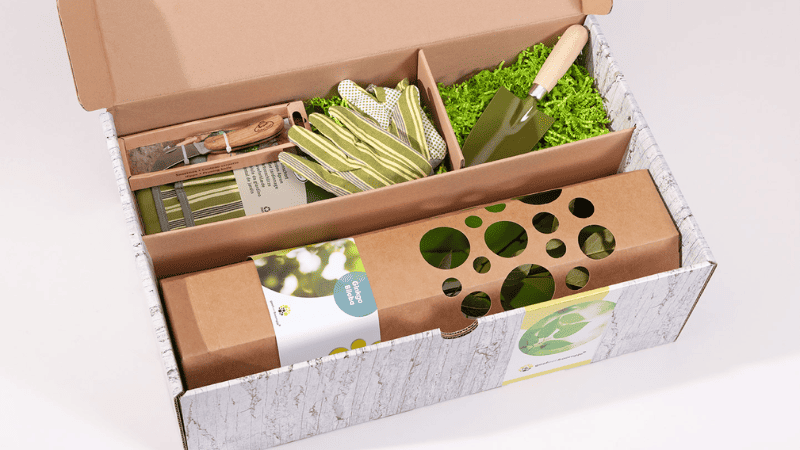
Packoi Can Help Your Live Plants Travel Safely!
When it comes to innovative, stress-free packaging solutions, Packoi knows how important it is to keep your plant business sustainable and protected.
With some sturdy and unique packaging solutions, our team will take care of your plants with the best environmentally friendly resources.
For all of your plant shipping needs, contact us today for a quick consultation and the best quote.
Choose Packoi as your go-to partner for eco-friendly, eye-catching plant packaging and shipping.




